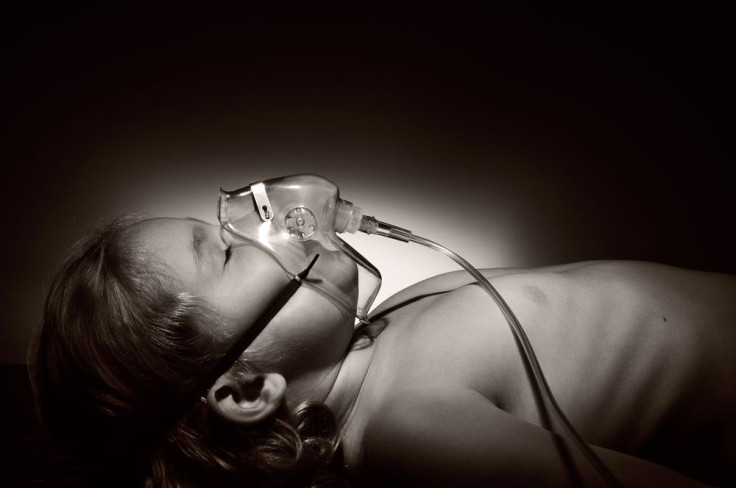Children Undergoing Anesthesia, Surgery Rest Easier With Parents Close By

Anesthesia always accompanies a sense of risk, and for parents, having their children undergo an operation can be a very stressful situation. Researchers have found that both children and parents report much lower anxiety levels when the parent is present during the operation, as opposed to separating children from their parent at the operating room entrance.
The most recent findings were presented by a team of researchers from the Hospital de Sagunto in Spain during this year’s Euroanaesthesia meeting in Stockholm.
Researchers split 60 child-parent pairs into two different groups. One group of parents was allowed to be with their child during the induction, when a child goes under the anesthesia, while the parents in the other group were separated from their children at the entrance of the operating room. Separating child from parent is protocol in most hospitals, which is why it was considered the study’s control group.
“Nowadays, common practice in most hospitals consists of children being separated from their parents at the entrance on the operating room," said study author Dr. Alicia Sánchez, from the Department of Anesthesiology at Hospital de Sagunto, in a press release. "However, some hospitals allow one of the parents to stay with their child after surgery, in the post-anesthetic care unit."
There can be a great amount of fear involved when a child undergoes anesthesia because, even though anesthesia is much safer today than it has ever been, there is still an element of risk involved. There are specific side effects, or unexpected adverse effects for when a child goes under anesthesia, which depend on the type of operation, the age of the child, and the child’s medical history, according to the Society for Pediatric Anesthesia.
"Parental presence during anesthesia induction improves quality of anesthesia both for parents and children,” Sánchez said.
Many of the anxieties were much lower for parents who were present during the induction, and compliance and satisfaction levels were rated much higher. Parental anxiety levels were measured using the State Trait Anxiety Inventory (STAI) scale from 0 to 10.
"The idea for this trial started when my colleague was just about to anesthetize one child who was very upset and crying, hugging his mother on the entrance of the operating room and wanting her to go with him. We thought, 'why not?' and allowed the mother to accompany her child. We did an inhalational anesthesia procedure for the child while he was still in his mother's arms, and the experience was great. That was the point when we decided to create this trial," Sánchez said.
Source: Sánchez A, et al. Euroanaesthesia. 2014.
Published by Medicaldaily.com



























